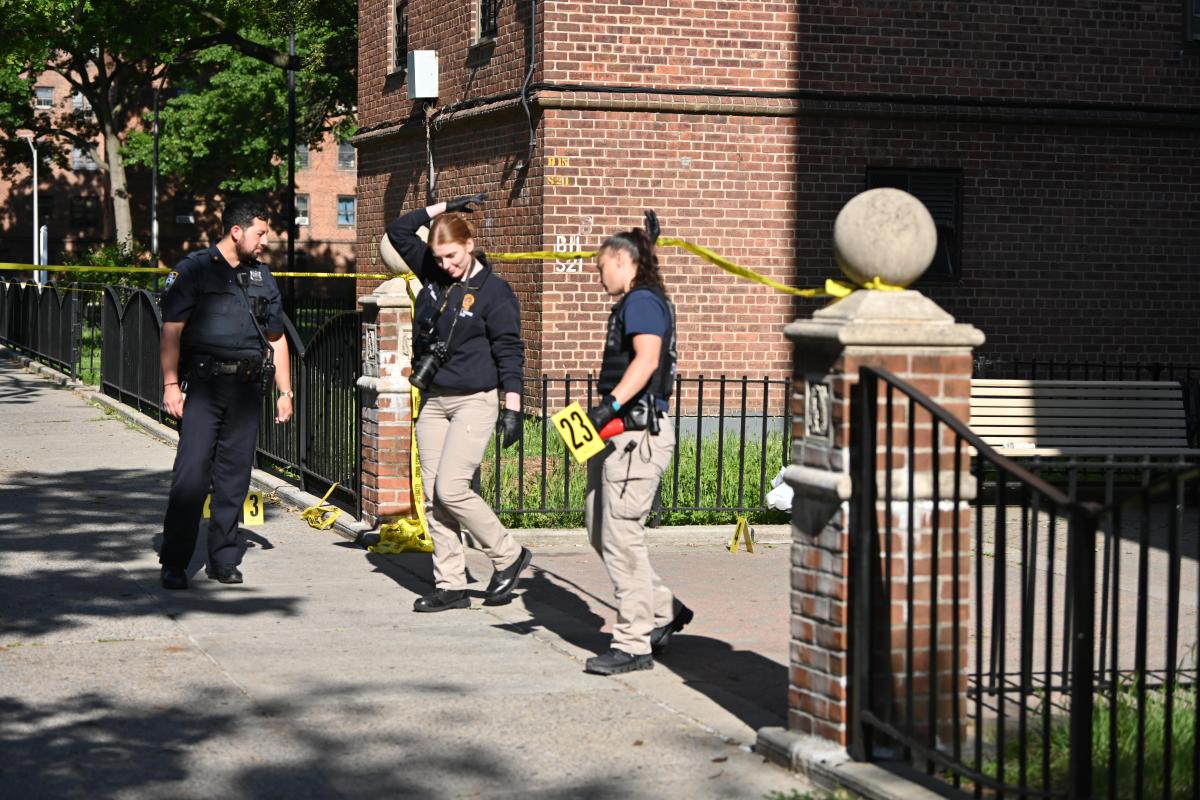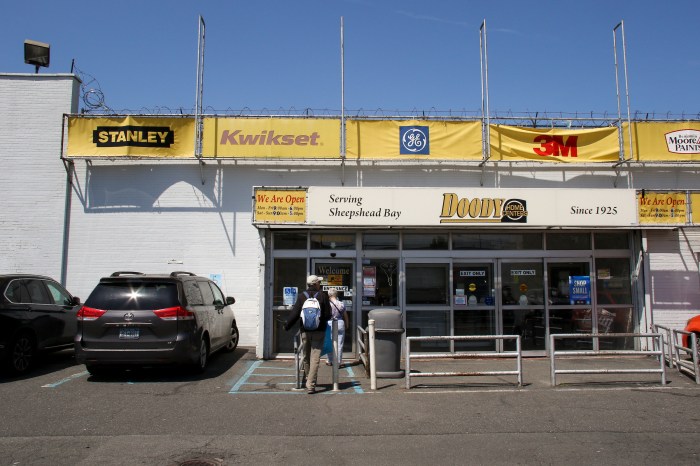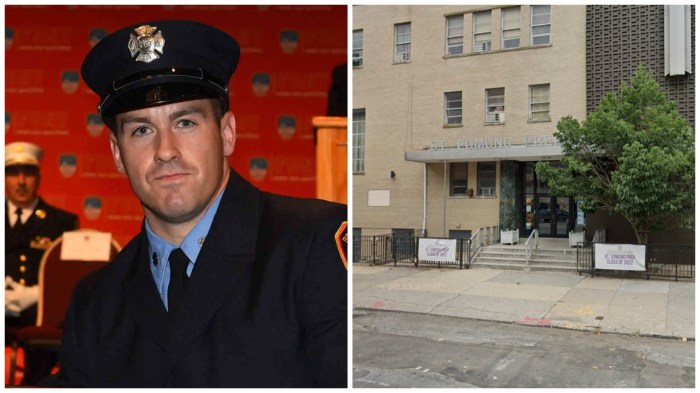They’ve had it up to here!
The city must complete coastal resiliency projects it has been promising since Hurricane Sandy, locals said after Manhattan Beach and Sheepshead Bay streets flooded on Feb. 8 and 9. The same factors that raised Hurricane Sandy’s deluge to biblical proportions — a slow-moving storm, unfortunately timed high tides, and a full moon — temporarily turned Emmons Avenue and Shore Boulevard into canals. The latest inundation is proof the city must shore up its shorefront before a more serious storm hits, one resident said.
“It’s been three years since Sandy, and politicians come and say, ‘We’ll do this — we’ll do that,’ but nothing’s ever done,” said Manhattan Beacher Robert Gevertzman, whose Langham Street home partially flooded on Feb. 9. “Every storm that comes along, they say, ‘There may be some ocean flooding.’ I worry, I really do. If another Sandy comes, it’s going to cost billions of dollars.”
An area councilman is calling on the Department of Environmental Protection to install storm water retention tanks in waterfront communities to temporarily stem the tide that the city’s antediluvian sewers cannot handle — and give residents a little piece of mind.
“Since Hurricane Sandy more than three years ago, the 48th District’s waterfront communities continue to remain susceptible to significant amounts of flooding,” said Councilman Chaim Deutsch (D–Sheepshead Bay). “My constituents should not have to live in fear of high tide.”
Water from residents’ drains and streets’ catch basins ends up in the same city sewer pipes, and new developments such as a 28-story residential building going up on Voorhies Avenue and a 40-story tower coming to Neptune Avenue will fill sewers with more bath water and leave less room for rain — something the city should be planning for, Deutsch said.
“They should have an extensive water-retention basin for all of these buildings, so all the storm water should be held there before it’s let out into the main sewer system,” he said.
A city official agreed Southern Brooklyn’s sewers can’t handle big storms, because it was sea-level rise and not rainfall that flooded Sheepshead Bay and Manhattan Beach.
“The [Department of Environmental Protection] drainage system — catch basins and sewers — handles storm water,” said mayoral spokeswoman Amy Spitalnick. “They are not meant to handle the amount of water coming in from coastal flooding and storm surge.”
Officials have set aside $20 billion for tidal safeguards citywide, she said. So far, the city has dumped sand on beaches and bulkheads in an attempt to keep back the water, Spitalnik said.
“These combined measures mitigated some of the flood impacts this week,” she said.
























